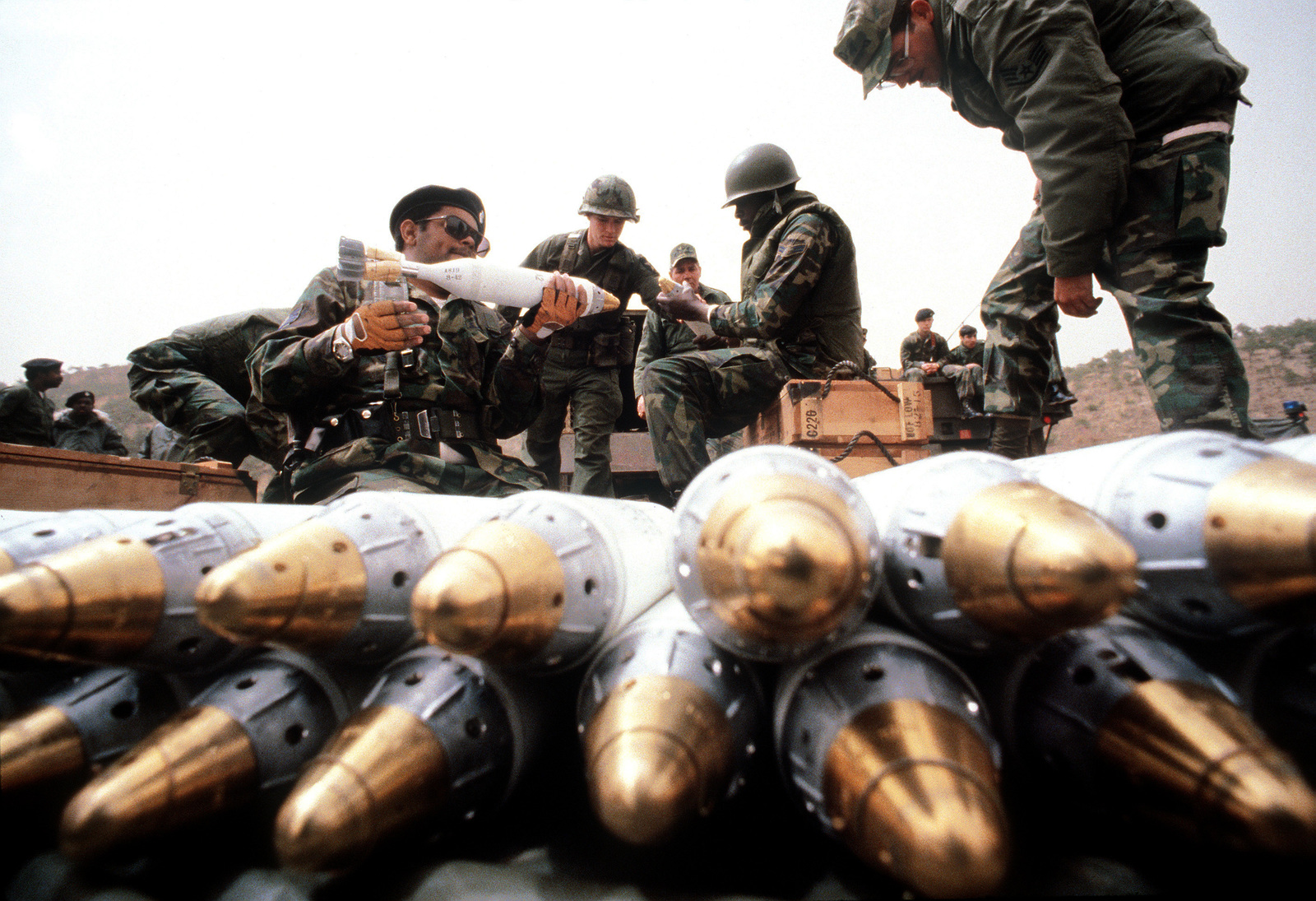WASHINGTON (Transatlantic Today) – The unjustifiable aggression of Russia’s attack in Ukraine has been strongly condemned. There are valid concerns about a resurgent Russian empire, as well as the possibility of a third world war. The nearly half-trillion-dollar weapons industry that supplies both sides with armaments, as well as the huge profits it will gain as a result, is less well-known.
Defense budget has already risen dramatically as a result of the conflict. The EU declared that it will purchase and supply weaponry worth $485 million to Ukraine, as the US has offered US$350 million in military assistance, in addition to over 90 tonnes of tactical supplies as well as US$650 million in the last year, according to an exclusive report by Times.
In total, Nato and the US have sent 17,000 anti-tank armaments alongwith 2,000 Stinger anti-aircraft ballistic missiles to Afghanistan. A worldwide alliance of countries, including Turkey, and Canada, Australia, Canada, Turkey and the United Kingdom is voluntarily supporting the Ukrainian resistance.
For the largest global military contractors, this is a huge win. Raytheon, for example, manufactures the Stinger missiles and, in collaboration with Lockheed Martin, the Javelin anti-tank projectiles that are sold to countries such as Estonia and the United States.
The largest participant in the UK and Europe, BAE Systems, is up 26%. Only Boeing has slid out of the top 5 contractors in the world in terms of income, owing to its reliance on aviation and other factors.
Top Western weapons corporations were informing shareholders about an anticipated increase in earnings ahead of the war.
Even at the moment, the worldwide defense sector was expected to grow by 7% in 2022. According to Richard Aboulafia, managing director of the US defense firm AeroDynamic Advisory, the major threat to shareholders is that the overall thing is proven to be a Russian bubble and the danger disappears.
Defense corporations are profiting in different ways as a result of the lack of signals that this would unfold. They will face higher demand from countries such as Denmark and Germany, which have stated that they would increase their defense budget, in addition to explicitly supplying weapons to the conflicting parties and providing other nations that are sending arms to Ukraine.
The industry as a whole is worldwide in scope. With 37 percent of all weapons sales from 2016 to 2020, the United States is clearly the international leader. Russia ranks in second with 20%, followed by France (8%), Germany (6%), and China (5%).
Aside from the top 5 exporters, there are a slew of additional people who might benefit from this fight. Despite Russian concerns, Turkey pressed on providing Ukraine with weapons, including high-tech drones, a big boost for Turkey’s defense sector, which provides over 1% of the global market.
With about 3% of worldwide sales, one of Israel’s publications recently published an article titled “An Early Winner of Russia’s Invasion: Israel’s Defense Industry.”
Russia, on the other hand, has been developing its own sector since 2014 in reaction to Western sanctions. To lessen its dependency on foreign armament and knowledge while also increasing overseas sales, the administration launched a large import replacement scheme. There have been rare cases of continuous licensing of weaponry, such as one for an approximately US$48 million from the UK to Russia, although this stopped in 2021.
Russia, as the world’s second-largest arms supplier, has targeted a wide spectrum of overseas clientele. Its arms sales decreased by 22% from 2016 to 2020, however this was mostly owing to a 53% decrease in shipments to India. Simultaneously, it boosted exports to Algeria, Egypt, and China significantly.
Russian armament, according to a US federal budget assessment, might be less affordable and simpler to maintain and operate than Western systems. United Shipbuilding Corp (US$4.5 billion), Almaz-Antey (US$6.6 billion in revenues), and United Aircraft Corp (US$4.6 billion) are the three biggest Russian defense companies.
There are limitations to what could be accomplished in the midst of Putin’s aggression. In the backdrop of Russia’s ongoing threat, Ukraine looks to have little chance of demilitarizing.
Attempts to de-escalate the conflict have been made, with Nato, for instance, officially dismissing Ukrainian President Volodymyr Zelensky’s call for the establishment of a no-fly zone. However, significant economic incentives across both sides to increase weapons levels undercut these attempts.
The west and Russia both have a significant industrial military complex. Their huge weapons corporations rely on, facilitate, and are affected by them. Newer high-tech assault capabilities, ranging from drones to advanced AI-guided automated weapons systems, have bolstered this.
If the primary objective is de-escalation and long-term peace, a major effort must be made to address the economic reasons for military intervention. President Joe Biden recently declared that the United States will impose direct sanctions on Russia’s defense sector, making it difficult for them to get raw materials as well as sell their products overseas in order to reinvest in new military systems.
However, this might present an economic possibility for western contractors. It might create a brief vacuum in which European and American corporations can obtain a competitive edge, leading to an extension of the worldwide weapons race and a larger financial incentive for future conflicts.
In the midst of the conflict, we must look at strategies to reduce the sector’s influence and power. International treaties to ban the sale of certain weapons, global assistance for nations that pledge towards decreasing their weapons industry, and sanctions against arms corporations that seem to be advocating for increasing military expenditure are all possibilities. Essentially, it would include assisting movements that oppose the advancement of military capabilities.
Clearly, there seems to be no easy solution, and it will not change instantly, but it is critical that we acknowledge as a global society that long-term peace is unattainable without ending the manufacture and sale of weapons as a viable economic enterprise to the greatest extent feasible.


























